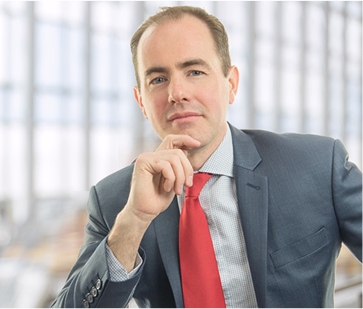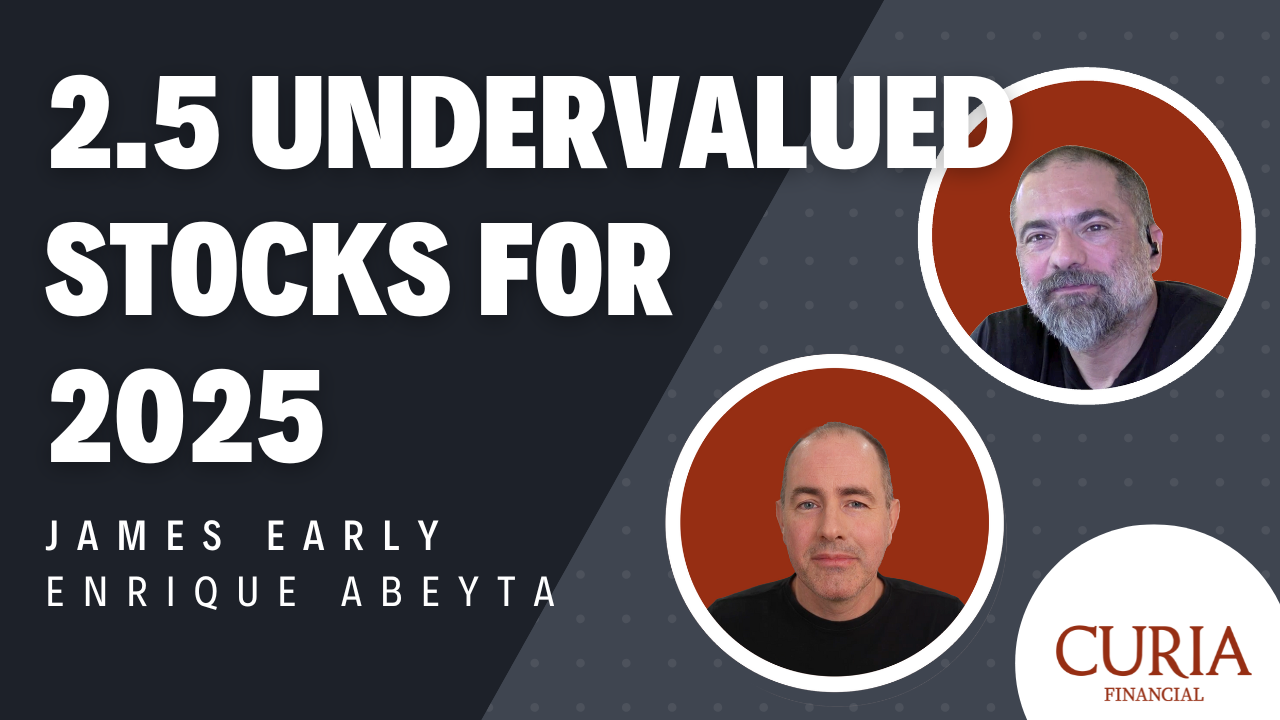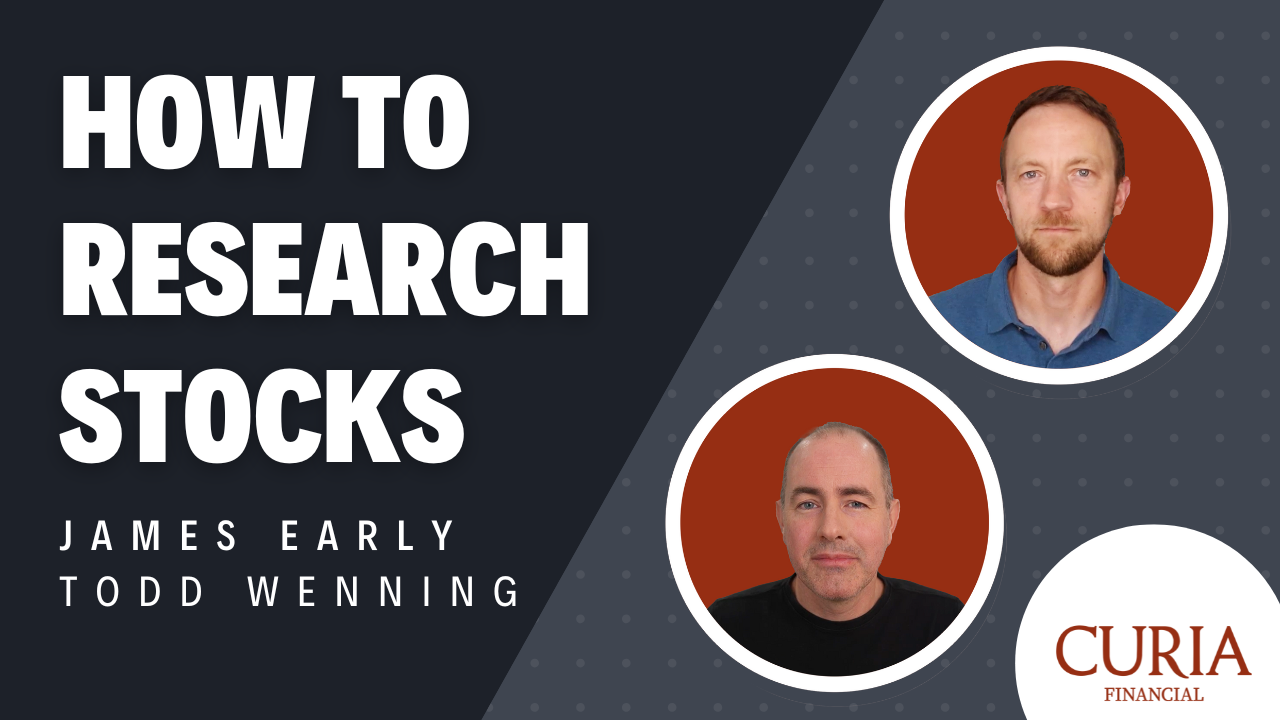May 21, 2025
We Found Your Investing Future -- in South Dakota
james-early
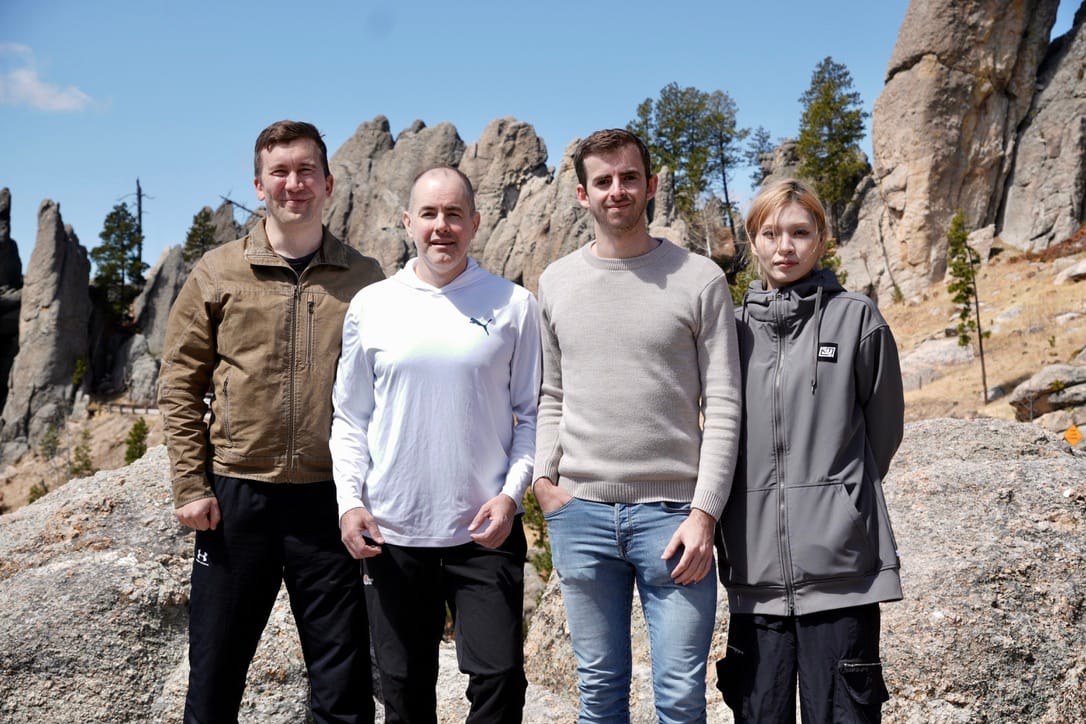
May 28, 2025. Rapid City, South Dakota.
Save for the Lord almighty, everything has a beginning.
Ours was just east of the Black Hills.
Hailing from across the country and across the world – Oklahoma, Belgium, Boston, D.C., Texas, North Carolina – our "curia" gathered to brainstorm a new investment research company – with fun, teambuilding, and business meetings – and the 60th annual Berkshire Hathaway meeting in Omaha, Nebraska.
In addition to some hard-working folks who like to fly under the radar, we had the following investors on our journey:
Pieter Slegers, a work- (and Warren Buffett-)obsessed Belgian who appeared to be taking his first vacation in ages. Pieter runs Compounding Quality, one of the most popular investing accounts on Twitter/X and an eponymous subscription newsletter service.
Simon Erickson, a growth investor from Texas known for buying Nvidia in 2017 and Netflix in 2009, and for his 7investing research service. Simon is my go-to guy for tech and growth stocks – and a few thousand inventors’, for that matter.
James Early (myself), CEO of the newly formed Curia Financial, a research firm I'm starting partly because I was put off by the all-sizzle-no-steak aspect of much of the guided investment research investors have access to today.
Shaoping Huang, a reformed bookworm now focused on “translating” old-school Excel Monkey investment analysis into Python, R, and other languages to scale analysis across thousands of companies.
Independent investment research is an industry that rebelled against Wall Street, and I’ve decided to rebel against it – and I’ve got company. But more on our vendetta later.
Here’s how our trip went down.
Stop 1: Black Hills
If you are in the Black Hills, it’s because you want to be in the Black Hills – not because it’s close to anywhere you’d otherwise be. I’d call the Black Hills a gold mine – and the Hills once harbored gold mines, literally – but they’re better the travel analogue of a high-effort small cap: You do a lot of digging, nobody else knows or cares about it, but it pays off.
Everyone in our group agreed: We’d happily return to the Black Hills.
Stop 2: Mount Rushmore
Technically in the Black Hills, Mount Rushmore is America’s mixed past in microcosm: Blasted by an antisemite Ku Klux Klan member out of rock appropriated from Native Americans to honor four presidents (among them, two slave owners and one abolitionist), the monument is meticulously crafted, popular, and beautiful for both its artistry and natural setting.
No person is one-dimensional, no nation is one-dimensional, and no stock is one-dimensional, either.
Heuristics – mental shortcuts like one-dimensional labeling – helped our cave man ancestors survive. They’re hard to break free from, but lucrative when you do: Capital markets consistently overreact in both directions.
Good investors see shades of gray where others see black or white. Like Mount Rushmore, stocks – all stocks – are amalgams of good and bad data points.
Stop 3: Wall Drug
Wall Drug cannot be explained, but I’ll try.
I’d say it’s the store equivalent of a company that’s grown by unrelated acquisition, but it’s weirder. Months before the owners – Ted and Dorothy Hustead – were set to give up on their five-year experiment of buying a store in the middle of nowhere during the Great Depression, Dorothy, a former literature teacher from Sioux Falls, had the idea to place roadside signs advertising free ice water.
It worked. Wall Drug now sees roughly as many visits per year as Mount Rushmore (more than 2 million for each). The inside is a retail portmanteau: store-within-store formats for leather goods, souvenirs, jewelry, and more, plus a church, restaurants, and more.
It’s tempting to equate Wall Drug to a conglomerate, but it’s better described as a cult offering. It owns its own category – whatever that is – and the odds of another big, weird store attempting to become a tourist stop in the South Dakota boondocks round to nil.
Stop 4: Sioux Falls and MarketBeat
Stop the presses: If you had no idea how nice Sioux Falls is, you do now. More than a billion dollars of development per year since 2020 has made this city of 200,000 nicer than any of us expected.
And headquartered in Sioux Falls is MarketBeat – the surprise in our South Dakota box of chocolates.
An a) introverted CEO in b) a state removed from investing hubs with c) a small staff would not seem to be a recipe for investing website success. And while I can’t say whether MarketBeat has succeeded because of these factors or in spite of them, MarketBeat (whose beautiful, saltwater-aquarium-featuring offices occupy perhaps the best real estate in South Dakota) has struck gold for one reason or another.
I think it’s execution.
Almost boringly – in a good way – MarketBeat just found what works and executes very, very well on it. No corporate rah-rah. No high-fiving employees on the way in. No experimental task force or innovation days (that I know of). Not that these things are bad. But, to a degree, they can be efforts to compensate for imperfection elsewhere.
When you’ve got a really good way of succeeding in business, you can just dedicate all your effort to that and skip the fluff.
Warren Buffett may not agree with a lot of the investment content published on MarketBeat, but I think he’d agree with the straight-shooting Midwestern way the business is run. (We also filmed a livestream with Bridget Bennett from MarketBeat while we were there.)
Stop 5: Omaha (en route to Berkshire Hathaway)
The Berkshire Hathaway annual meeting is a pilgrimage. Some 40,000 investors make the trek to Omaha yearly, even if the CHI Health Center’s main arena holds fewer than 20,000.
That’s fine. There are multiple overflow rooms (where we ended up). And some people just go for the side events, and skip the 3am or 5am wakeup to queue in line.
Not us. But our first stop in Omaha was the pistol range, which was better received than I expected.
Speaking of side meetings, one I never miss is my friend Vitaliy Katsenelson’s breakfast.
Business is the domain of doers.
I am not against doers. I’m just more of a thinker, and sometimes feel like an impostor in the industry. My research service’s track record beat the market for all 10 years I ran it, which I suppose puts me in rarified air among investors, but I’ve never lived and breathed stocks like many professionals do. Vitaliy, CEO of Investment Management Associates in Denver, is a kindred spirit. His interests run broad. He measures ROI more in life satisfaction than money. And he generously hosts a breakfast for (lots of) friends every year in Omaha.
We also paid a visit to Warren Buffett’s house.
That sounds like getting invited over for tea and cookies, but in reality it means joining the steady trickle of stalkers gawkers who pull over near his house to pop out for a photo or two, and then drive off.
A few stay longer – such as to livestream (*cough* creeps *cough*).
I’m probably not hurting anything, and both the Buffett household and the city of Omaha are used to annual meeting visitors – security cameras abound, both within the Buffett stronghold and outside on municipal light posts. But still, I’ll leave Warren in peace next year. (Truth be told, I wouldn’t be surprised if he stays elsewhere in Omaha the weekend of the meeting.)
My guilt aside, what’s visibly apparent is that while the house and grounds are beautifully upper middle class, that’s all they are. For the former richest man in the world – who I just read would be richer than Elon Musk today if it weren't for all his charitable donations – this house embodies the restraint that made Warren Buffett successful.
Stop 6: Berkshire Hathaway
Back to that 5am wakeup.
Worth it. Last year’s crowd seemed light; it was the first year without Charlie Munger, the duo’s comedian. This year was also without the fan favorite parody video at the beginning, but the crowd was as big as I’ve ever seen it.
Pretend you’re new to things Buffett and wondering why the fuss: Berkshire Hathaway’s stock has returned roughly 5,500,000% since it became Buffett’s investment repository in the 1960s – versus a 39,000% return for the S&P 500. (And believe it or not, Warren Buffett’s best returns came before Berkshire Hathaway.)
Buffett announced his retirement in the last few minutes of the meeting, and we’ve since learned that he won’t be on stage at the 2026 annual meeting.
We felt blessed and grateful to be present for the end of an era. Warren Buffett and Charlie Munger have affected nearly every public market investor in the US, if not in the world.
Next to the arena is an exhibit hall showcasing products from Berkshire’s private businesses – from Pilot truck stops to Justin cowboy hats and boots to Geico insurance to Dairy Queen to Fruit of the Loom and more. The big hit for the past three years has been Squishmallows, a Jazwares product.
Bonus: We found that Pieter is a minor celebrity in the investing world – I caught a random guy in the Squishmallow line browsing his Twitter posts, and people pop out of nowhere to say hi to him.
Stop 7: Markel Breakfast
Markel is a Richmond-based insurer that aspires to be a "baby" Berkshire Hathaway.
Seeking the same sort of loyal, long-term shareholders that the Berkshire tribe is known for being, Markel has cleverly decided to woo would-be investors at Berkshire Hathaway’s own meeting.
Technically, it's not at the Berkshire meeting proper. But the following morning, at the Marriott across the street, Markel hosts a free breakfast for 2,500 to 3,000 people. The ROI is impossible to measure, but that aside, as a Markel shareholder, I tend to think this is a smart move for them. Plus, I'll take free breakfast.
And remember what I said about Buffett’s best returns coming before Berkshire? I bumped into Brett Gardner, author of Buffett’s Early Investments, which is about this very topic. Brett was also a mini-celebrity at his book signing, which he set up at the Markel meeting.
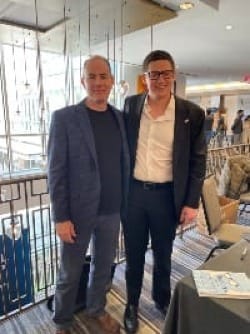
Markel’s stock has outperformed the S&P 500 over the past 20 years, and since its 1986 IPO – the stock has compounded at 15% per year since then – but has underperformed over the past 10 years.
Technically, upside performance is not the main benefit a cult would bestow on a stock – rather, we’d expect cult stocks to be less “dippy” to the downside, as short-term panic selling would, if found out, entail significant loss of “cred” to the violating cult member and presumably induce feelings of self-betrayal.
CEO Tom Gayner mentioned that he believes Markel’s effort to love its shareholders does translate into longer holding periods.
Only a handful of companies – all Berkshire-inspired – host “big love” annual shareholder meetings (a more normal meeting might be 30 guys in suits), and I’m not aware of any academic research on whether cults can be successfully manufactured by starting with the meeting, but while I can envision one downside to cults – they may cause investors to underreact to legitimate sell catalysts – on balance it seems like a directionally good thing to foster long-term investors who stay closely connected to the companies they invest in.
So why did we do all of this?
And while not everything we’ll ever do at Curia Financial will relate to a long-term investment, most of it will.
We believe the investment industry gets some things right, and some things wrong. Any business has to react and respond to the changing preferences of its customers, but many in our space go too far.
An investing customer may want cryptocurrency ideas that double in a month, or a biotech that rises 500% in a quarter, but he or she can’t have them – because they don’t exist, at least not reliably. But that doesn’t stop some research providers from creating products and marketing messages that toe the line of selling false hope.
False despair is also sold.
Things are going to hell.
The US is done for.
Gold is your only protection and will go to $100,000 or $50,000 per ounce.
Fear-mongering messages that play on cognitive biases are equally exploitative of investors.
The US is still the leading economy in the world, and gold – even after a meteoric rise – is only $3,200 per ounce. The fear mongers were dead wrong.
They don’t care. But we do.
We’re not reinventing or revolutionizing investment research. But we do aim to do it better: More honestly, more authentically, and more transparently.
And – I believe – we can back up what we say.
I invite you to follow us as our company comes together. We could use your support – and we’d love to have you along.
For now, all we ask is for you to subscribe to our free newsletter (the button should be easy to find on our page) and if you’re sporting, you can follow us on YouTube or LinkedIn, too.
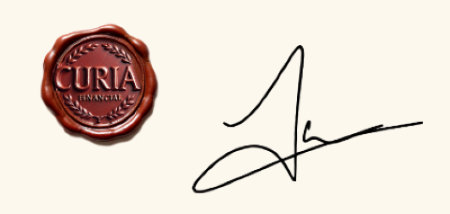
To investing profitably, rationally, and reasonably together.
-- James Early, Curia Financial C.E.O.
James owns shares of Berkshire Hathaway and Markel.
